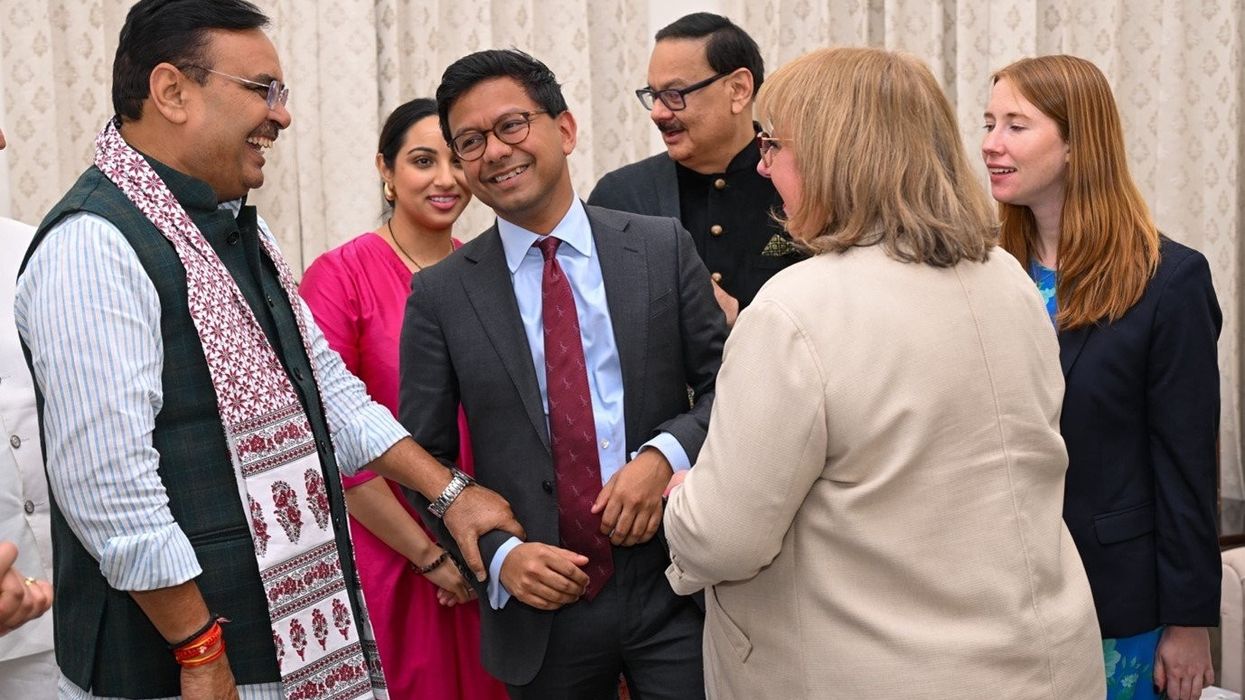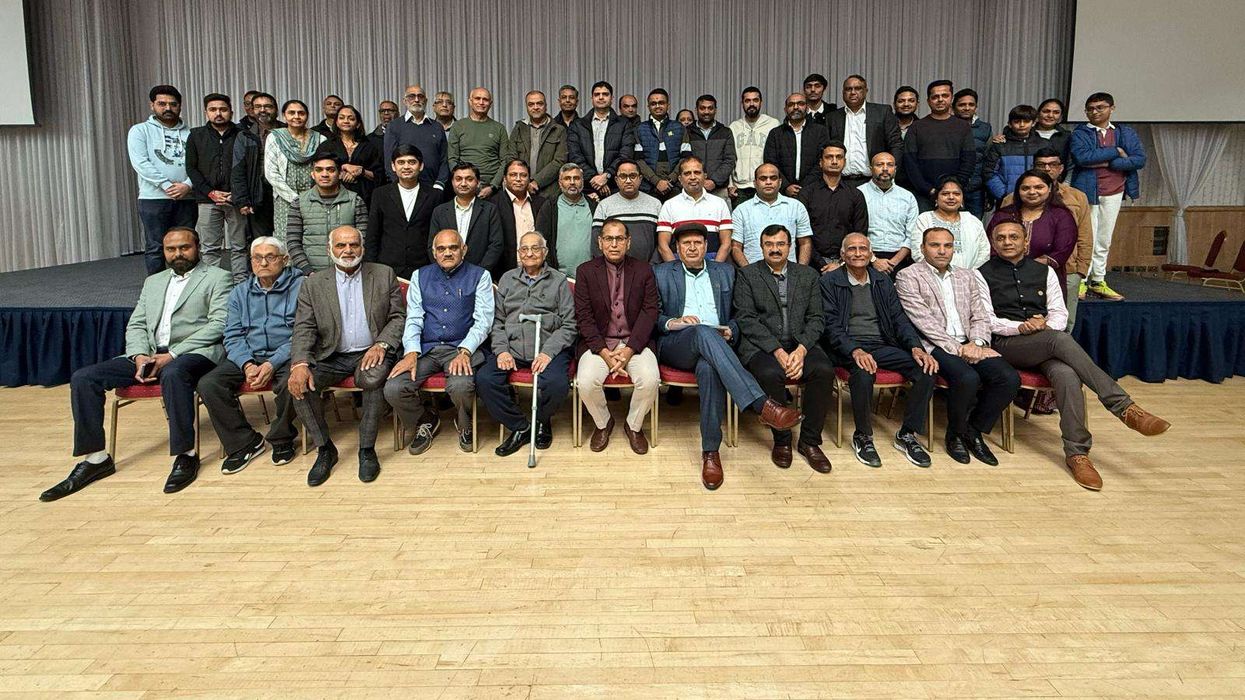by SUNDER KATWALA
Director, British Future
AS THE newly elected parliament met earlier this week, it did not take long for prime minister Boris Johnson to declare that its first task will be to “get Brexit done”.
Once Britain leaves the European Union in January, it will be just as important for MPs to shape the agenda for post-Brexit Britain, the priorities on the home front and the messages that Britain wants to send to the rest of the world. So it is an important foundation that this new House of Commons will better reflect the increasingly multi-ethnic society that it governs than ever before, with 65 non-white MPs taking their place on the green benches.
This is the ninth general election in a row where the number of ethnic minority MPs has increased, since the first quartet of black and Asian MPs of the post-war era were elected in 1987. Yet progress remained very slow after that breakthrough generation – it took four more general elections and 20 years to edge the number of ethnic minority MPs up from four to 15.
Even a decade ago, just one in 40 MPs in the Commons were black and Asian, so hitting the benchmark of one in 10 MPs in 2019 shows a welcome acceleration of progress. There would be about 80 ethnic minority MPs if the Commons was as diverse as the voters who elect it, so the gap is closing, but there is more to do.
An advance in diversity across parties has seen the number of ethnic minority MPs rise, whichever way the political pendulum is swinging. The Conservative progress of the David Cameron era enabled Boris Johnson to appoint the most ethnically diverse cabinet in British history, but the 2019 results show that Conservatives have more to do to catch up with Labour’s record on representation.
Just five of the 103 new Tory MPs are from ethnic minorities, a slightly lower proportion than the existing parliamentary party. Labour’s 25 MPs included a dozen new non-white MPs – almost half of the intake.
Labour MPs in this parliament are twice as likely to be non-white as their Conservative counterparts – with 41 Labour MPs out of 203 (20 per cent) and 22 Conservatives out of
365 MPs (six per cent), along with two Liberal Democrats out of 11 (18 per cent).
It is particularly surprising that the Conservatives have not elected an ethnic minority MP in
London since 1992. It has 21 white British MPs and no black or Asian MPs in the capital, despite diversifying the party across the home counties.
The gender shift in ethnic minority representation over this decade has been especially striking. With home secretary Priti Patel playing a prominent role in the cabinet, many people would find it surprising to discover than no British-Asian woman had been elected as an MP until 2010. There will be 37 ethnic minority women in the new House of Commons, a sharp acceleration given there were just two black women in parliament a decade ago.
This rise in the share of political voice for ethnic minority women reflects broader social changes –the higher expectations of a generation whose experience of growing up in the Britain of the 1990s and 2000s gives them the confidence that they can secure more equal opportunities in politics and public life than their predecessors had. There is troubling evidence that black and Asian women in politics often receive a disproportionate amount of
political abuse, especially online. It is clear that the new ‘class of 2019’ MPs have been determined not to let that put them off being selected and elected to play a part in public life. They could become important voices in championing the policy and cultural changes we need to see to stamp out such abuse.
The theme of racism was rarely far from the headlines during the 2019 general election. Dealing with racism in parties should never be the job of minority MPs alone, and Asian candidates were among those challenged over prejudiced material on social media. But
the increasing diversity of politics could help to encourage each party to put its own house in order, rather than only challenging political opponents over their failures.
All 65 ethnic minority MPs sit for English constituencies. There is a lower level of ethnic
diversity outside England, but one in 20 people in Scotland and Wales are not white. SNP [Scottish National Party] minister Humza Yousaf, an MSP, has called on all parties to take action to ensure that growing diversity can begin to be reflected at Westminster by the time of the next general election.
But Westminster is not the only place that has struggled to reflect changes in our society. Almost half of FTSE 100 boardrooms are all-white, and new research from Trevor Phillips sets out how progress on diversity has flatlined over the last 10 years.
However, an increasingly diverse cabinet and parliament can now step up the pressure on other institutions to show that they can keep pace with Britain’s growing diversity too.





 Birmingham’s basic services are collapsing as council mismanagement leaves city flooded and filthy West Midlands Fire Service
Birmingham’s basic services are collapsing as council mismanagement leaves city flooded and filthy West Midlands Fire Service 







Sunder Katwala: Rise in number of female BAME MPs reflects broader social changes